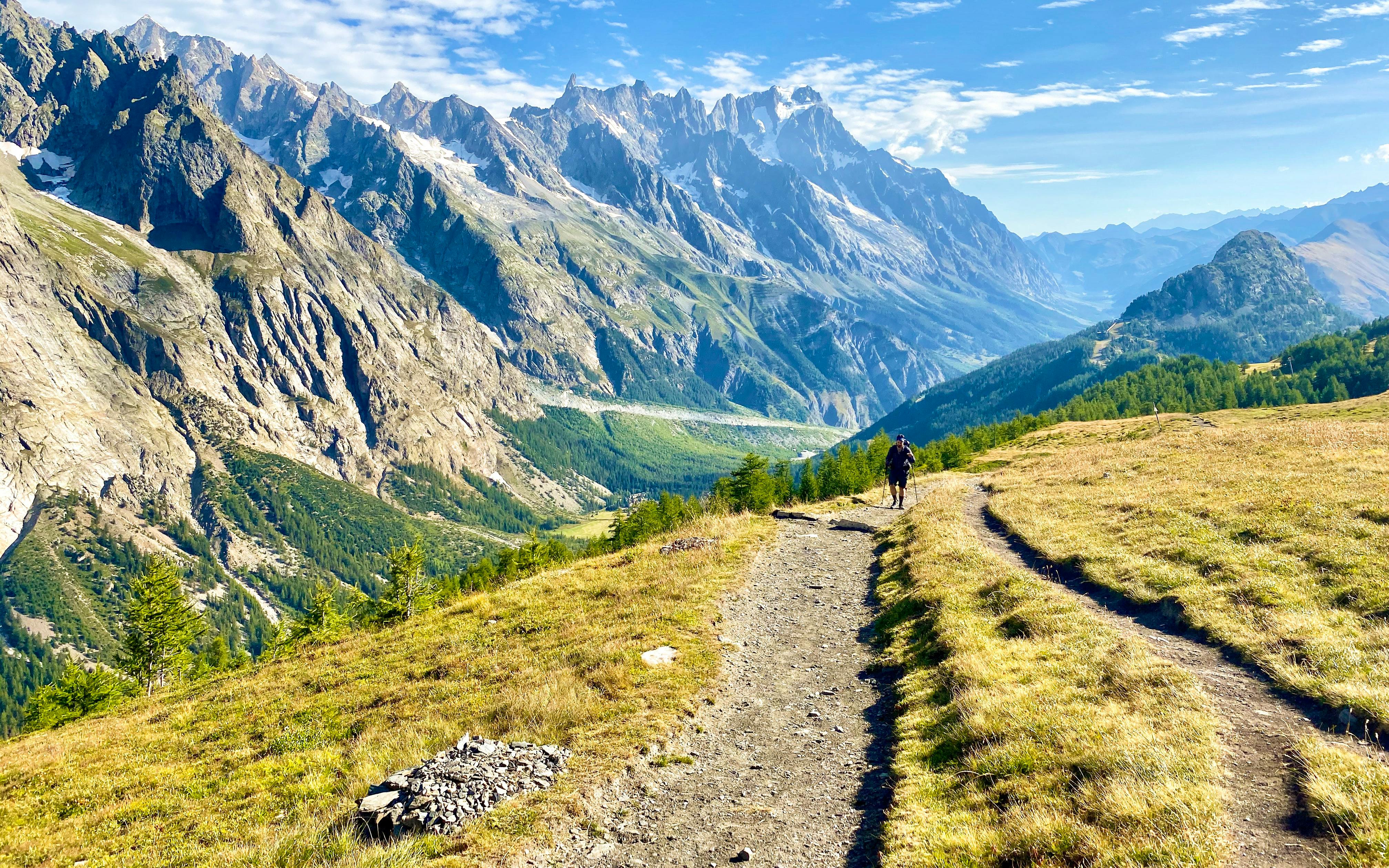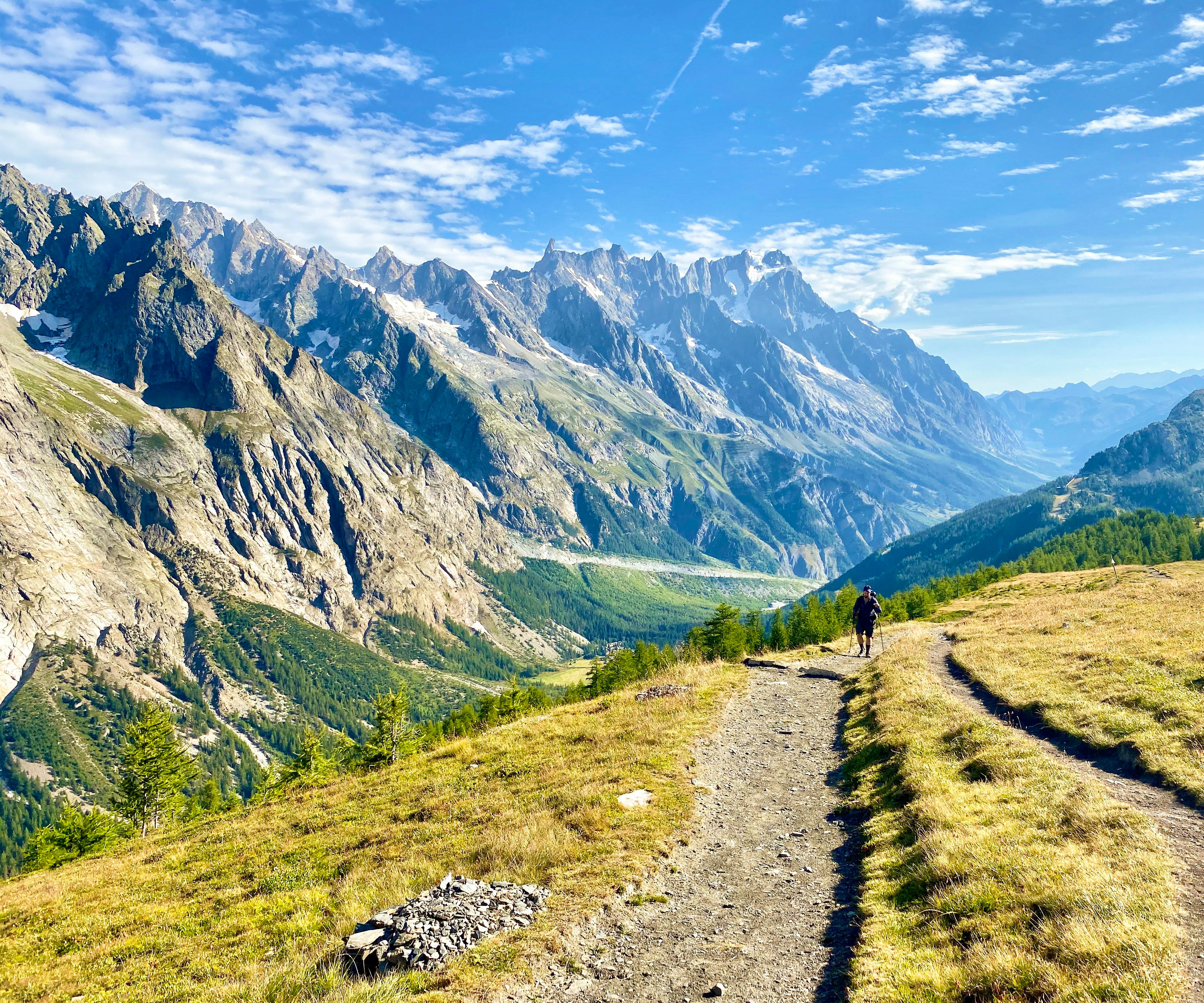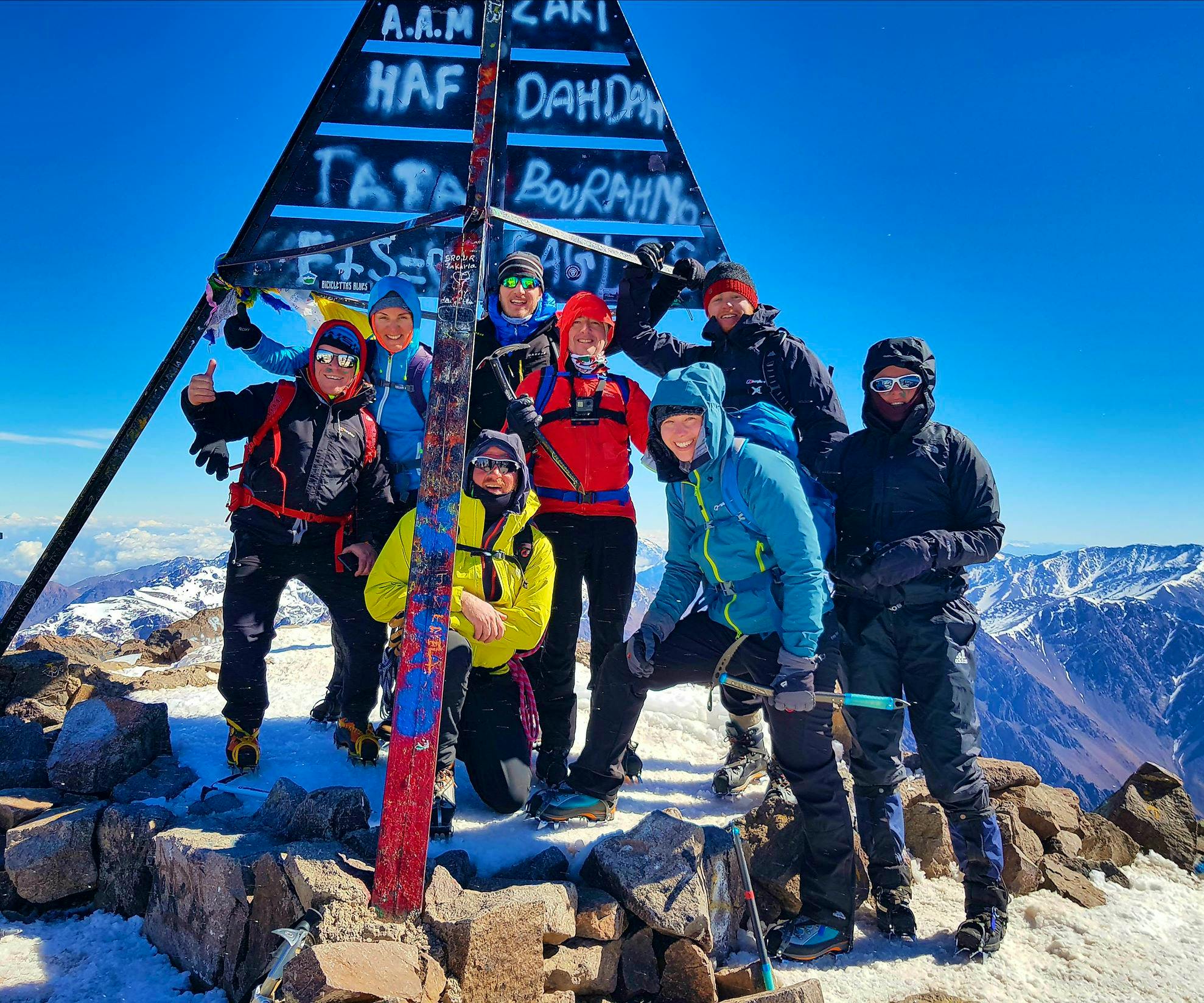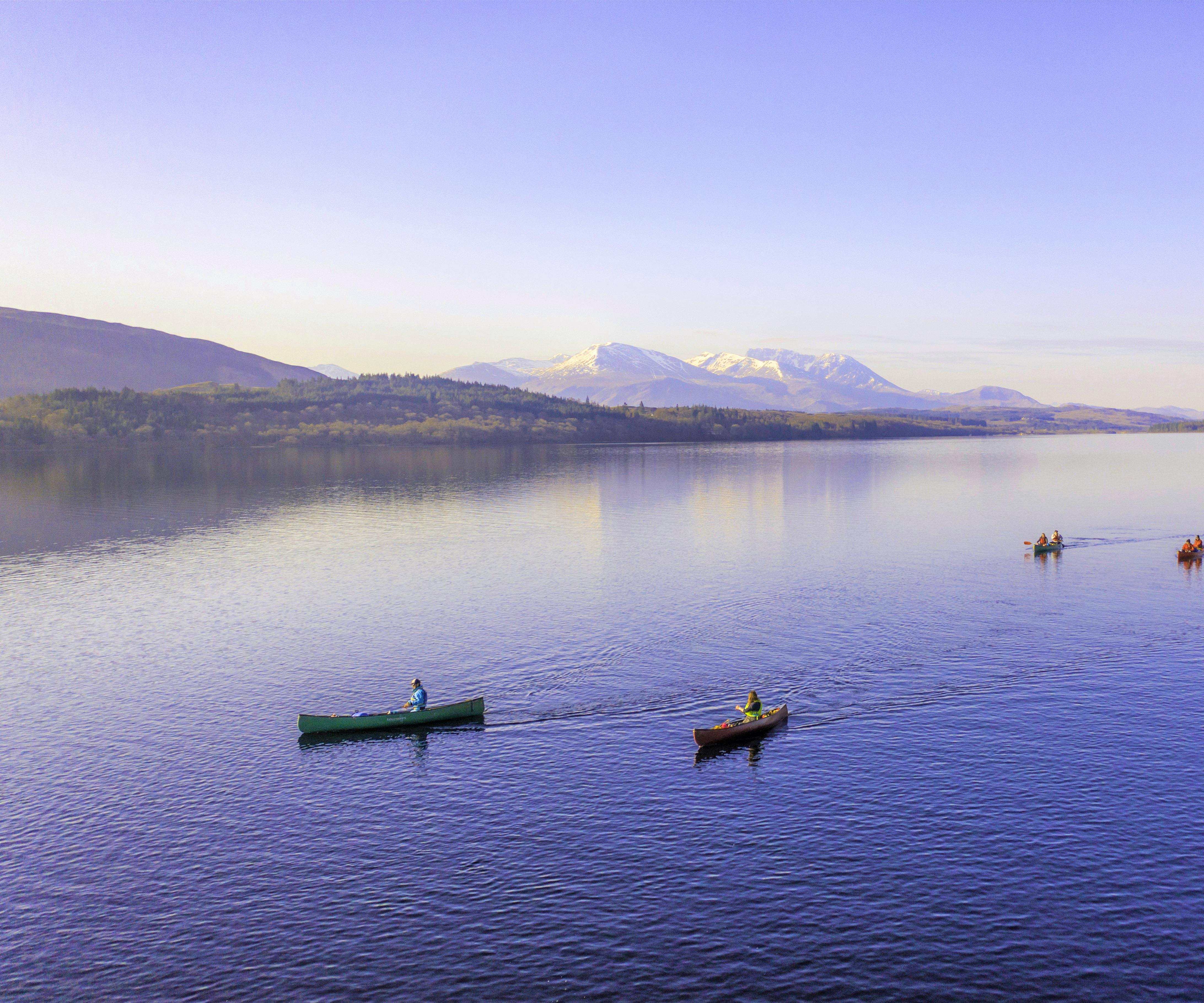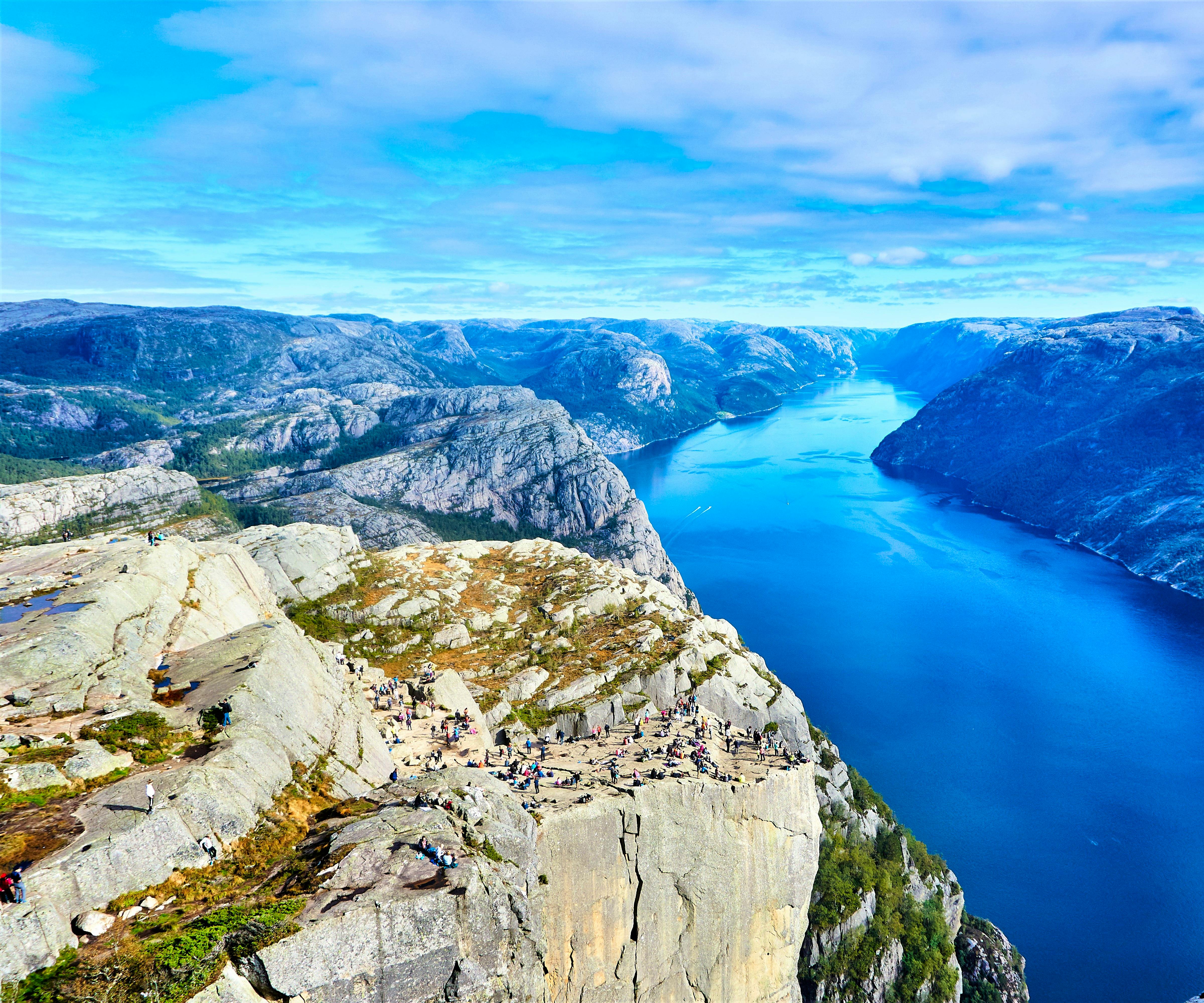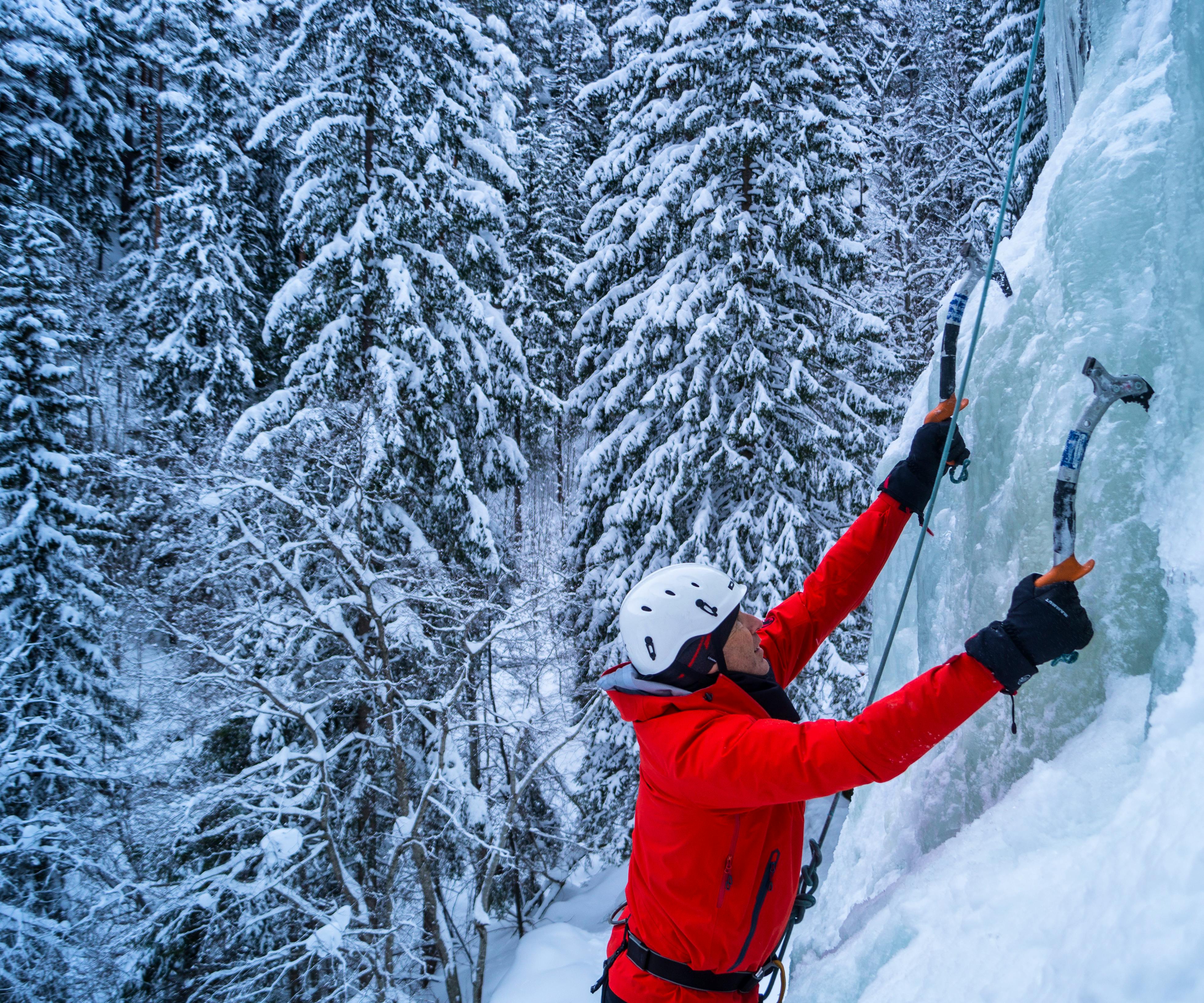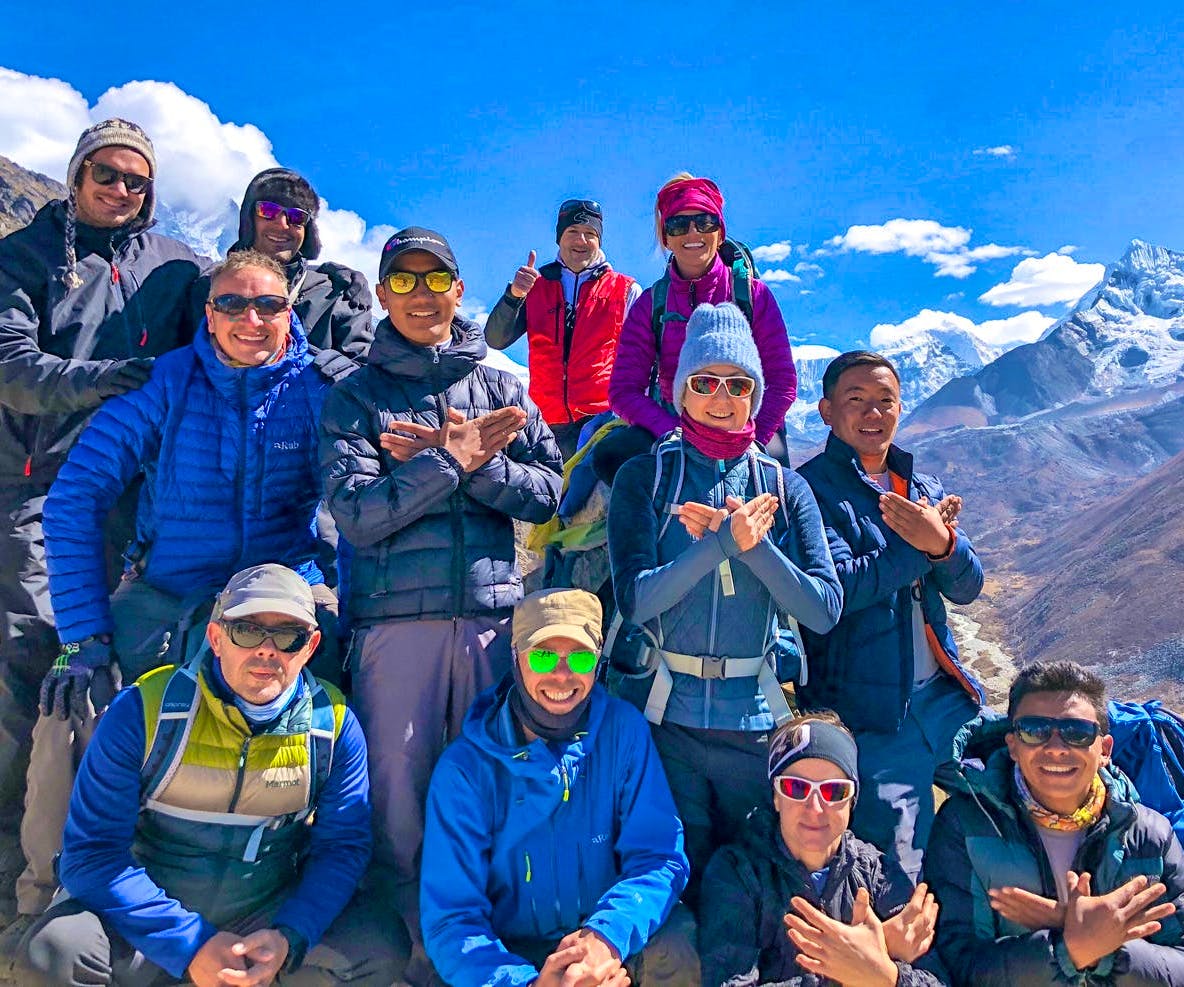10 Mount Kenya Facts For Aspiring Climbers
Did you know that Mt Kenya was once significantly taller than its present stature? Before its last eruption 2.5 million years ago, this mountain was 6,500m tall. Today, Mt Kenya, the second highest mountain in Africa after Mt Kilimanjaro, stands at 5,199m (17,075 ft).
At Skyhook, we'll take you on a guided Mt Kenya trip to experience a journey where the equator meets adventure and rugged beauty touches the sky.
But, first things first. Where is Mt Kenya found? Is Mount Kenya a volcanic mountain? How was Mt Kenya formed?
Let's answer these questions and unravel the Mount Kenya facts that have many booking an adventure atop this iconic mountain.
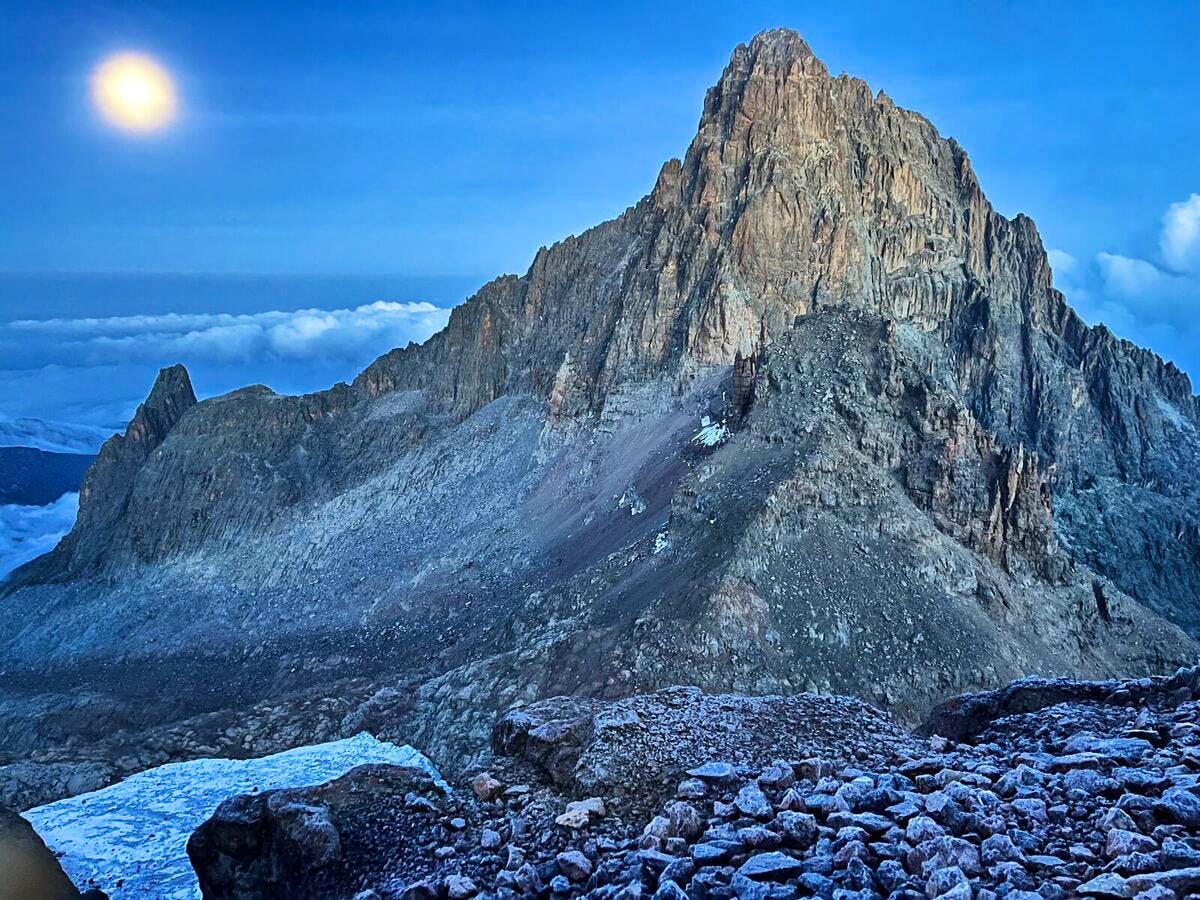
1. Mt Kenya Is located in Kenya
Mount Kenya is located in Central Kenya, East Africa. It sits firmly on the equator, approximately 150 kilometres (93 miles) northeast of Nairobi.
The mountain is situated within the Mount Kenya National Park. The central location makes it a prominent and accessible landmark in the East African landscape.
Surrounded by dense forests, the mountain's slopes are adorned with exotic flora, creating a living canvas.
As your eyes traverse beyond the mighty peaks, you'll encounter the Aberdare Range to the east, adding layers to the scenic spectacle.
To the west, the Great Rift Valley unveils a geological marvel that echoes the ancient tales of tectonic forces. Nearby, the Chogoria, Sirimon, and Naro Moru routes weave through, offering hikers a visual feast on their ascent.
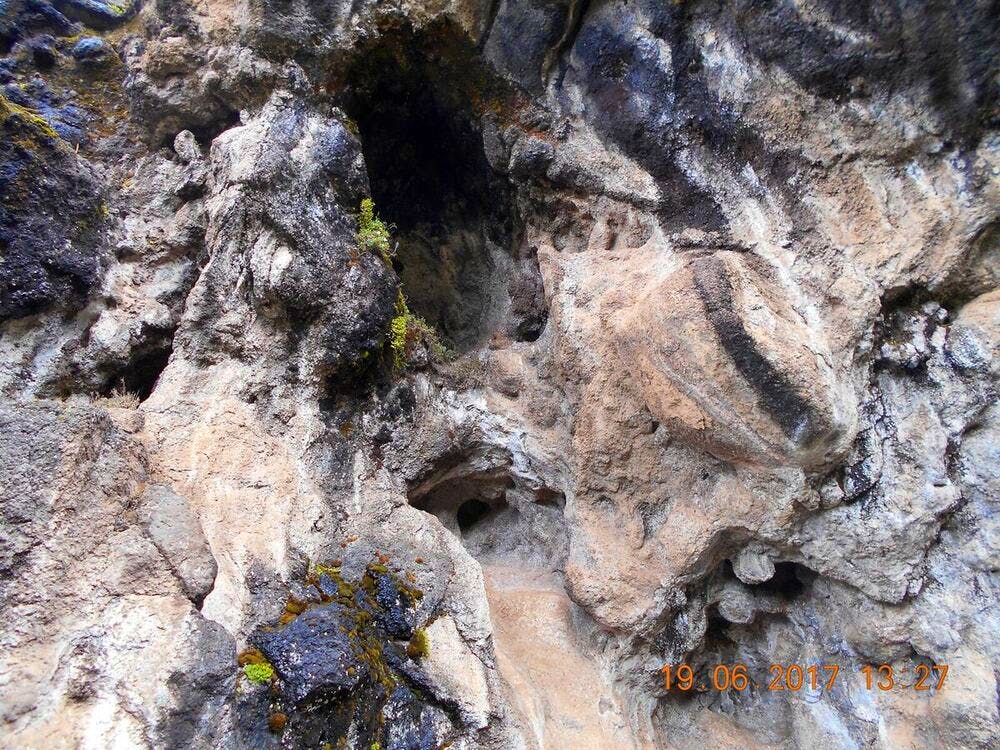
2. Mt Kenya was formed millions of years ago
Mount Kenya was formed between 2.6 and 3.1 million years ago due to volcanic activity from the opening of the East African Rift.
It is a stratovolcano created by successive eruptions of lava and agglomerates from a central vent in the earth's surface. Before glaciation, Mount Kenya was about 7,000 metres (23,000 feet) high.
The mountain is a large, fairly symmetrical volcanic cone with a diameter at the base averaging 120 kilometers. The volcano that led to its formation involved the deposition of layers of lava, ash, and volcanic rocks.
Over time, the convergence of the African and Somali tectonic plates uplifted these volcanic materials, shaping the mountain into its current form.
Glacial activity during the Pleistocene epoch further sculpted Mount Kenya's landscape, carving valleys, cirques, and other glacial features.
The mountain's slopes are also shaped by ongoing landslides and erosion, influenced by volcanic and glacial factors, weathering, and precipitation.
While the major volcanic activity that formed Mount Kenya has ceased, the mountain still experiences minor seismic events, indicating ongoing geological processes.
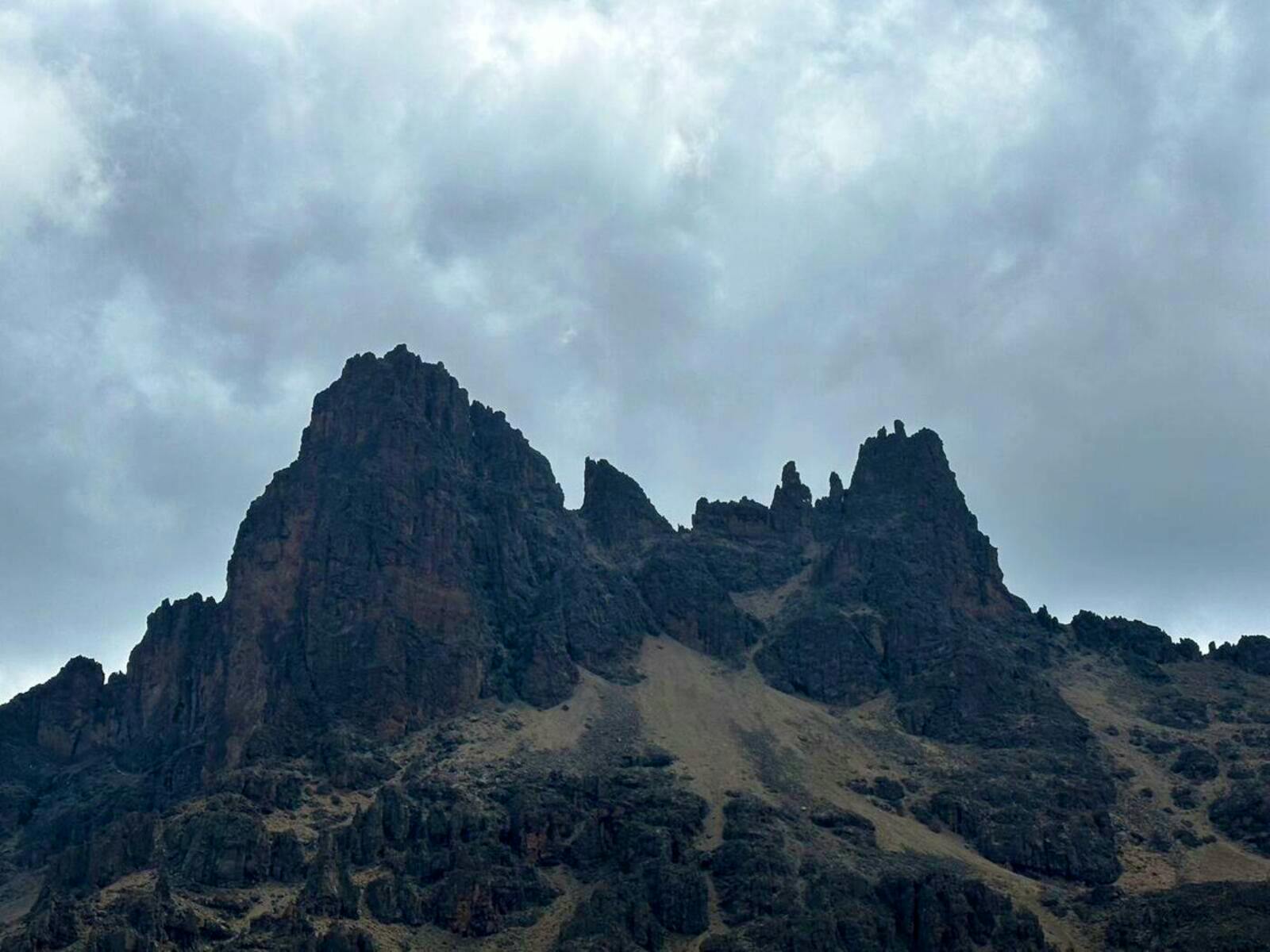
3. Mt Kenya is an extinct stratovolcano
Mount Kenya is classified as an extinct stratovolcano.
Stratovolcanoes, or composite volcanoes, are characterised by their steep slopes and conical shape. The alternating layers of lava flows, volcanic ash, and other volcanic debris form this type of volcano.
Stratovolcanoes often have a central vent or summit crater through which eruptions occur. The steep slopes result from the lava's high viscosity, which causes it to solidify quickly and build up in layers.
Mount Kenya's stratovolcanic structure contributes to its rugged appearance and distinguishes it from other types of volcanoes, such as shield volcanoes.
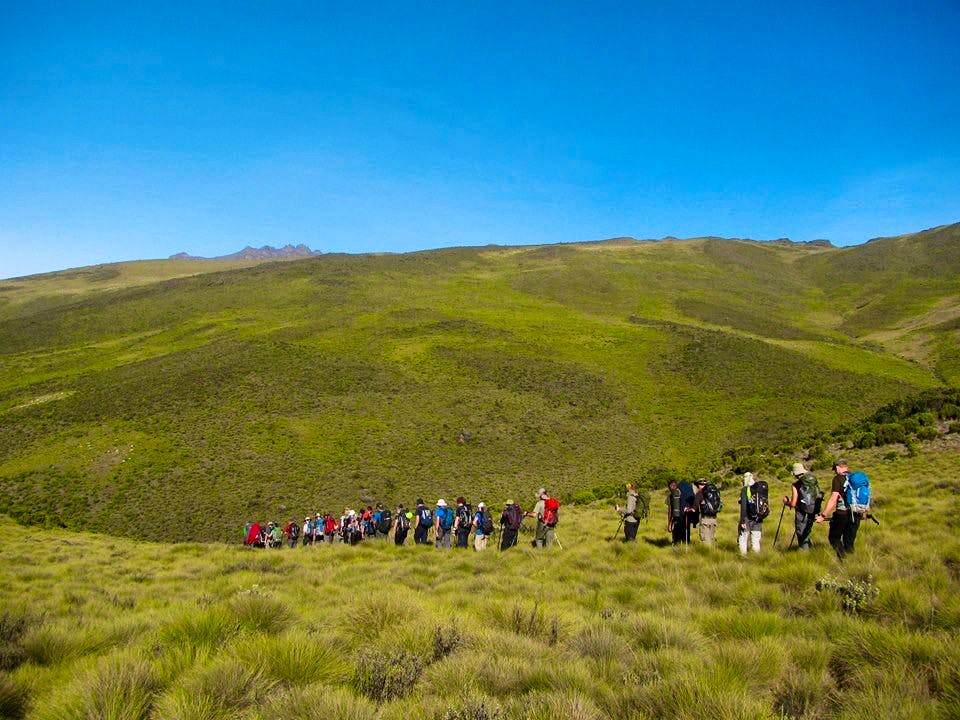
4. Mt Kenya has a diverse ecosystem
You begin the hike in Mt Kenya's dense rainforests on the lower slopes. Here, the air is thick with the earthy aroma of vegetation, and towering trees create a lush canopy.
As you ascend, the landscape transforms into expansive alpine meadows. Rolling hills adorned with wildflowers stretch out before you. The vibrant colours contrast against the backdrop of rugged peaks, creating a vivid tableau.
The trail takes you through rocky terrains, where the crunch of gravel, jagged boulders and rugged outcrops punctuate the landscape, adding a touch of raw beauty to the ascent.
Reaching the summit is a triumph; the panoramic views are your reward. From the highest peaks of Batian and Nelion, the landscape unfolds in all directions.
Valleys, ridges, and distant horizons create an awe-inspiring vista that stretches beyond imagination.
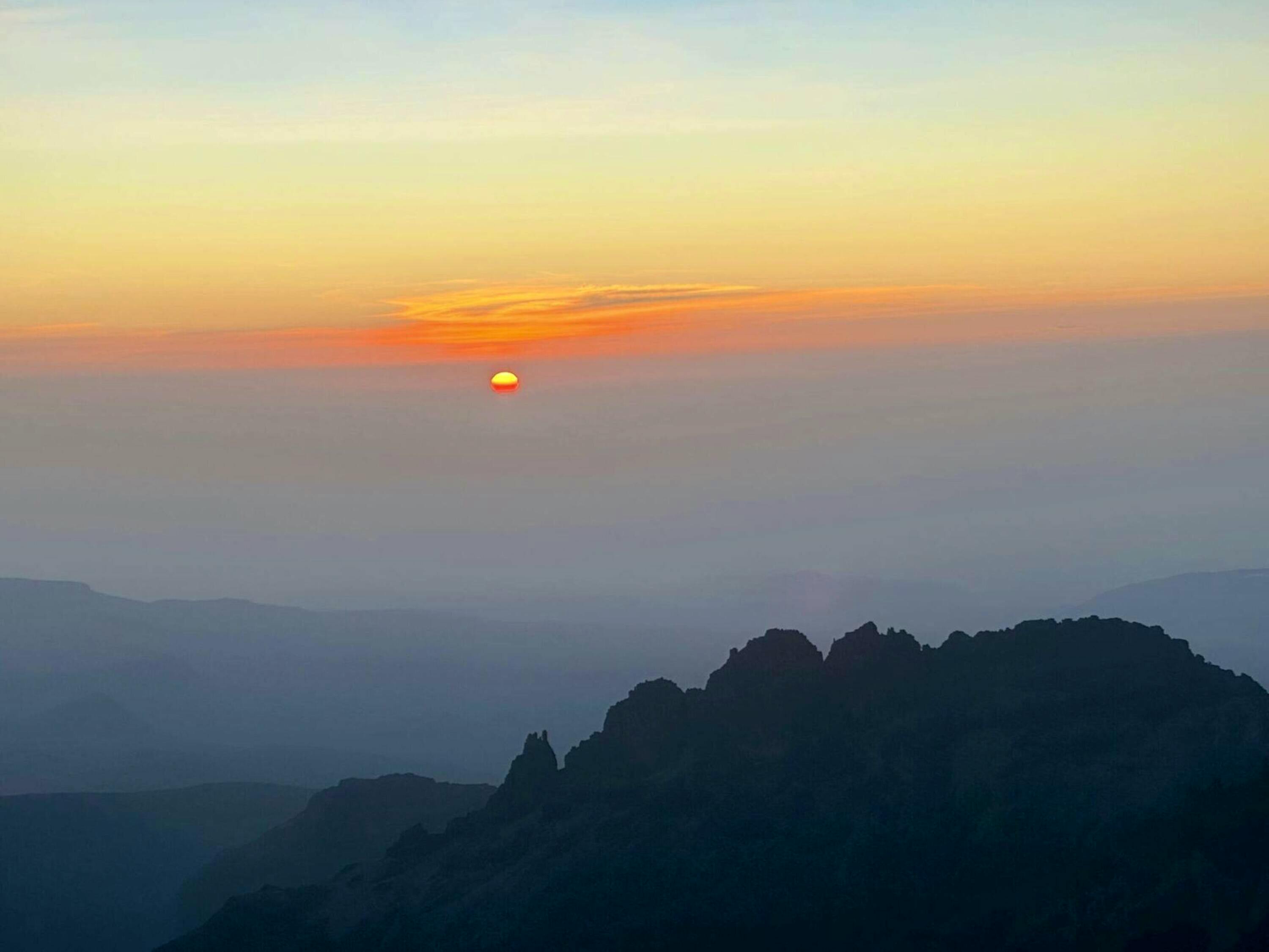
5. It's a high-altitude mountain
At 5,199 metres (17,057 feet), Mount Kenya is Africa's second-highest peak.
Its high altitude features distinct vegetation zones based on elevation and 12 remnant glaciers, all receding rapidly. The mountain's highest peaks, Batian and Nelion, present challenging climbs due to their height.
This high-altitude environment, with its thinner air and cooler temperatures, makes Mount Kenya a notable destination for mountaineers and nature enthusiasts.
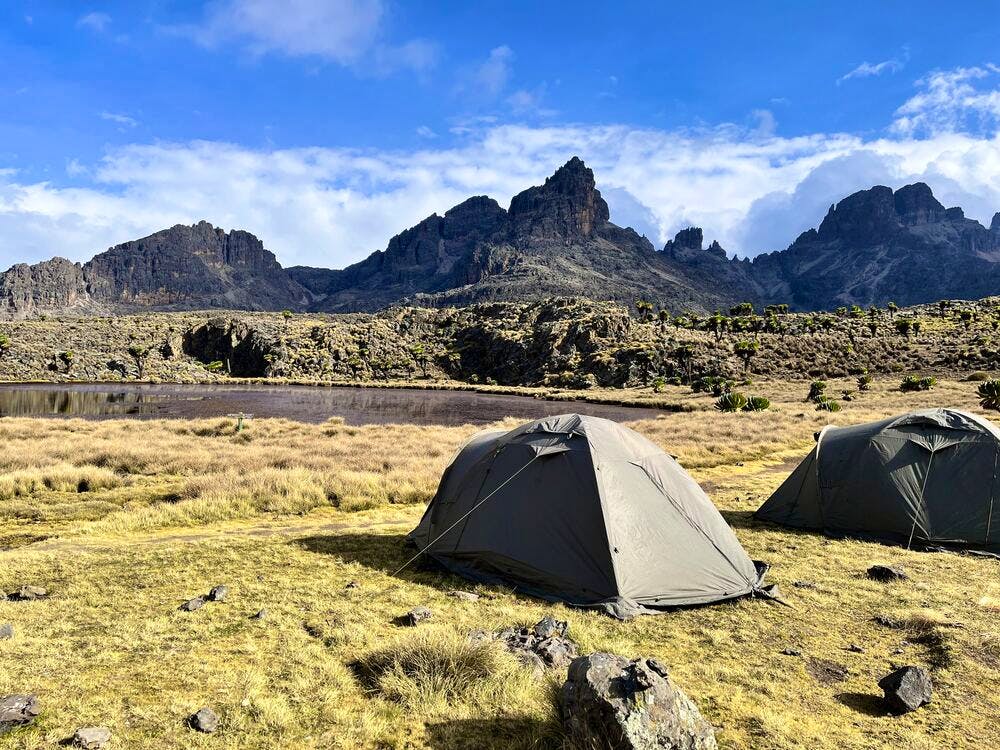
6. Mt Kenya has three distinct peaks
Mount Kenya is an awe-inspiring testament to nature's grandeur, showcasing three distinct peaks that beckon you to embrace the thrill of altitude.
The formidable Batian and Nelion are at the forefront, while the accessible yet no less captivating Lenana completes the trio.
I. Batian Peak
Batian Peak is the highest point on Mt Kenya, at 5,199m (17,057 ft). Climbing Batian is technical, demanding mountaineering skills and an intimate knowledge of the mountain's intricate terrain.
II. Nelion Peak
Slightly below Batian, Nelion stands at 5,188 metres (17,021 feet), adding to the summit's majestic profile. Similar to Batian, conquering Nelion requires technical climbing expertise.
III. Lenana Peak
Lenana is lower in elevation at 4,985 metres (16,355 feet) and is the third-highest peak. It is a popular destination for climbers, offering a less technical ascent than Batian and Nelion. Its accessibility allows a broader range of adventurers to experience the summit.
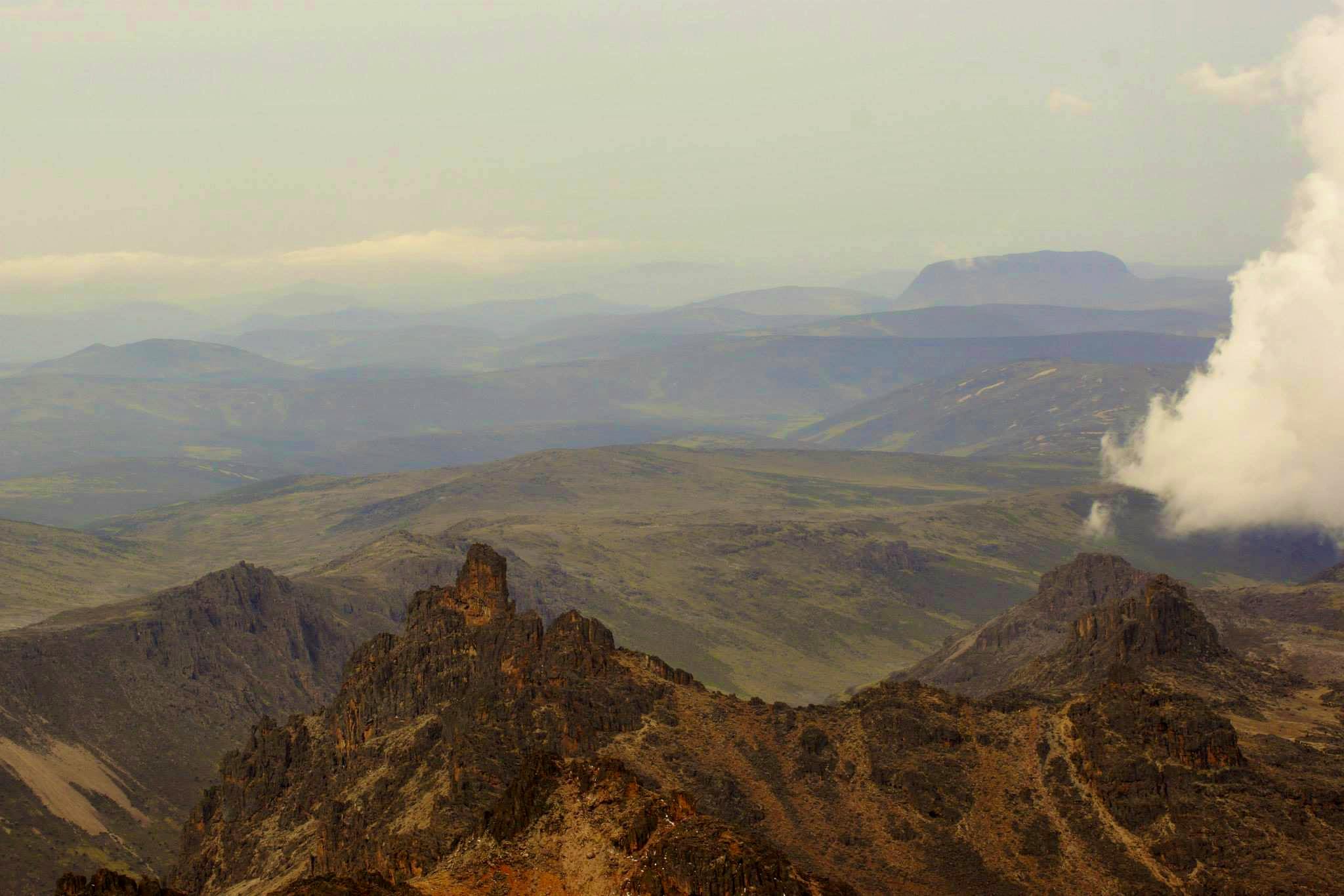
7. The mountain has a rich cultural heritage
The region surrounding the mountain is home to several tribes, each with unique traditions, languages, and practices. The Kikuyu, Embu, Meru, and Maasai are among the communities whose lives are intricately linked to the mountain's presence.
For many of these communities, Mount Kenya holds sacred significance. It is often considered the dwelling place of Ngai, the supreme deity in Kikuyu cosmology.
The mountain is a spiritual beacon, a place of reverence where rituals and ceremonies are performed to connect with the divine forces believed to reside within its slopes.
Our trusted local guides from the surrounding communities will share tales of folklore, traditions, and historical events that have shaped the region's cultural landscape.
You will gain insights into age-old practices, such as rites of passage, agricultural ceremonies, and storytelling traditions passed down through generations.
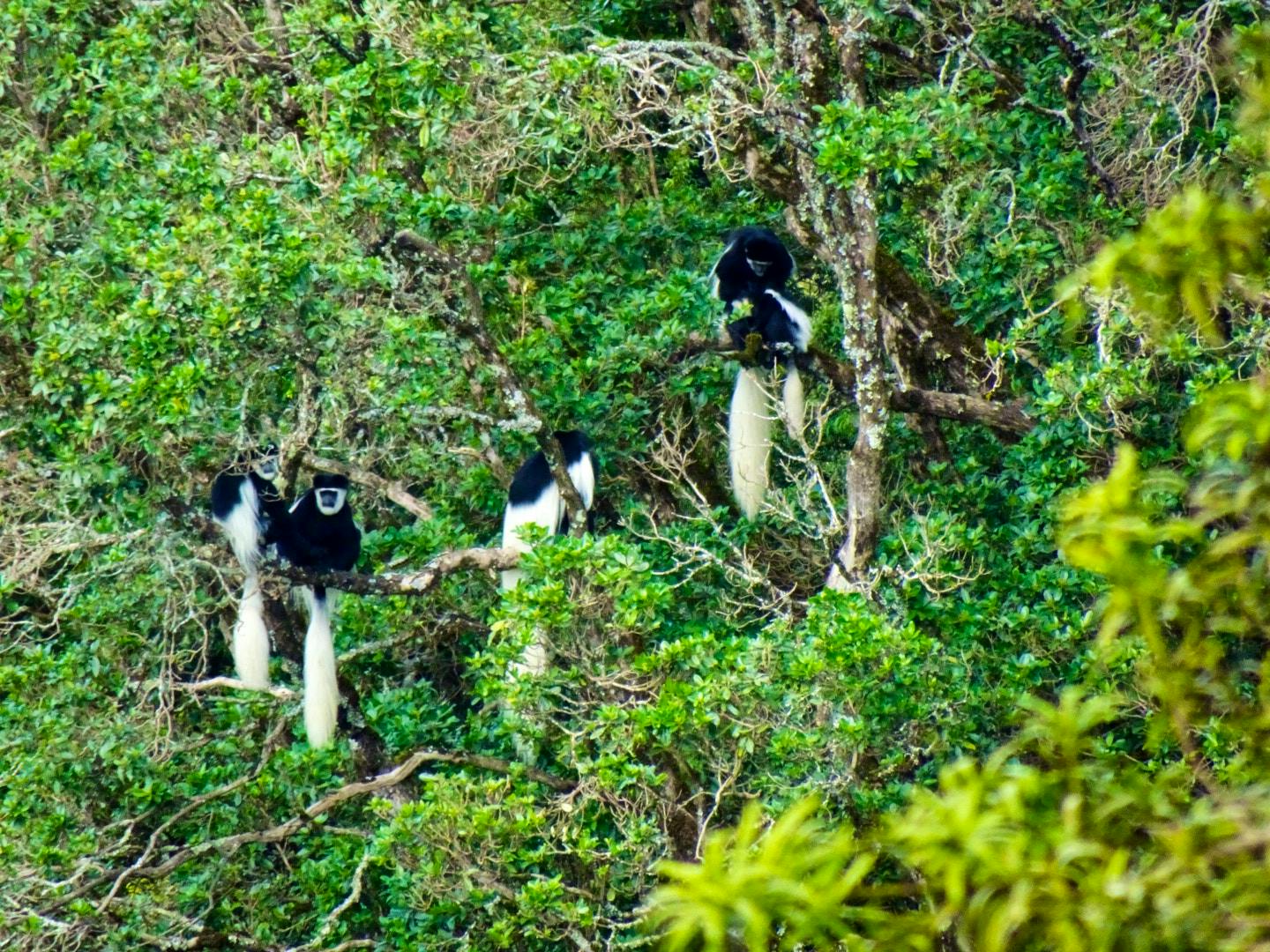
8. It's a UNESCO World Heritage site
In 1997, Mount Kenya was designated a UNESCO World Heritage Site, a testament to its outstanding natural and cultural significance.
This recognition places Mount Kenya among the select few sites globally deemed to possess exceptional value to humanity.
So what is Mt Kenya famous for? Mount Kenya earns its fame and UNESCO status based on several natural criteria:
It is a biodiversity hotspot, hosting a rich array of plant and as well as Ol Pejeta animals. The various ecological zones, from lower rainforests to alpine meadows, contribute to its remarkable biodiversity.
Glacial features like the Lewis Glacier add to Mount Kenya's geological significance.
Mount Kenya serves as a crucial water catchment area. Numerous rivers originate from its slopes, providing water for agriculture, communities, and wildlife downstream. This hydrological importance underscores the mountain's role in regional ecosystems.
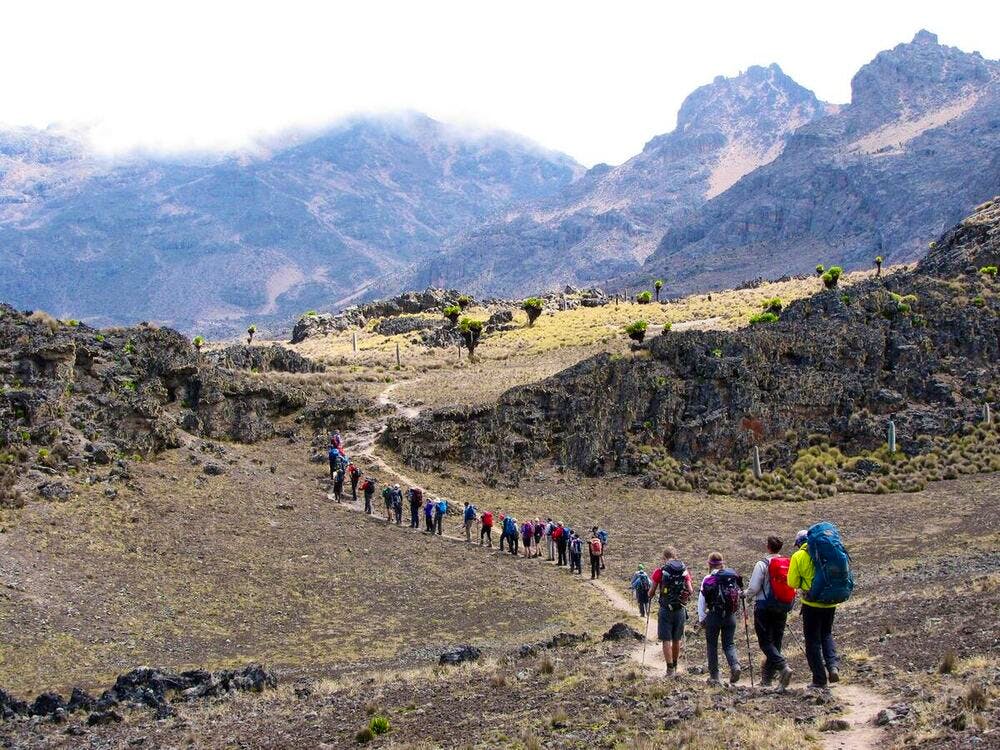
9. The mountain has varied climbing routes
There are a number of routes for climbing Mount Kenya, each with its own challenges and scenic beauty.
Whether choosing the more popular Sirimon, Narumoru, or Chogoria routes or opting for a technical climb on the mountain's peaks, there's a route for every level of expertise.
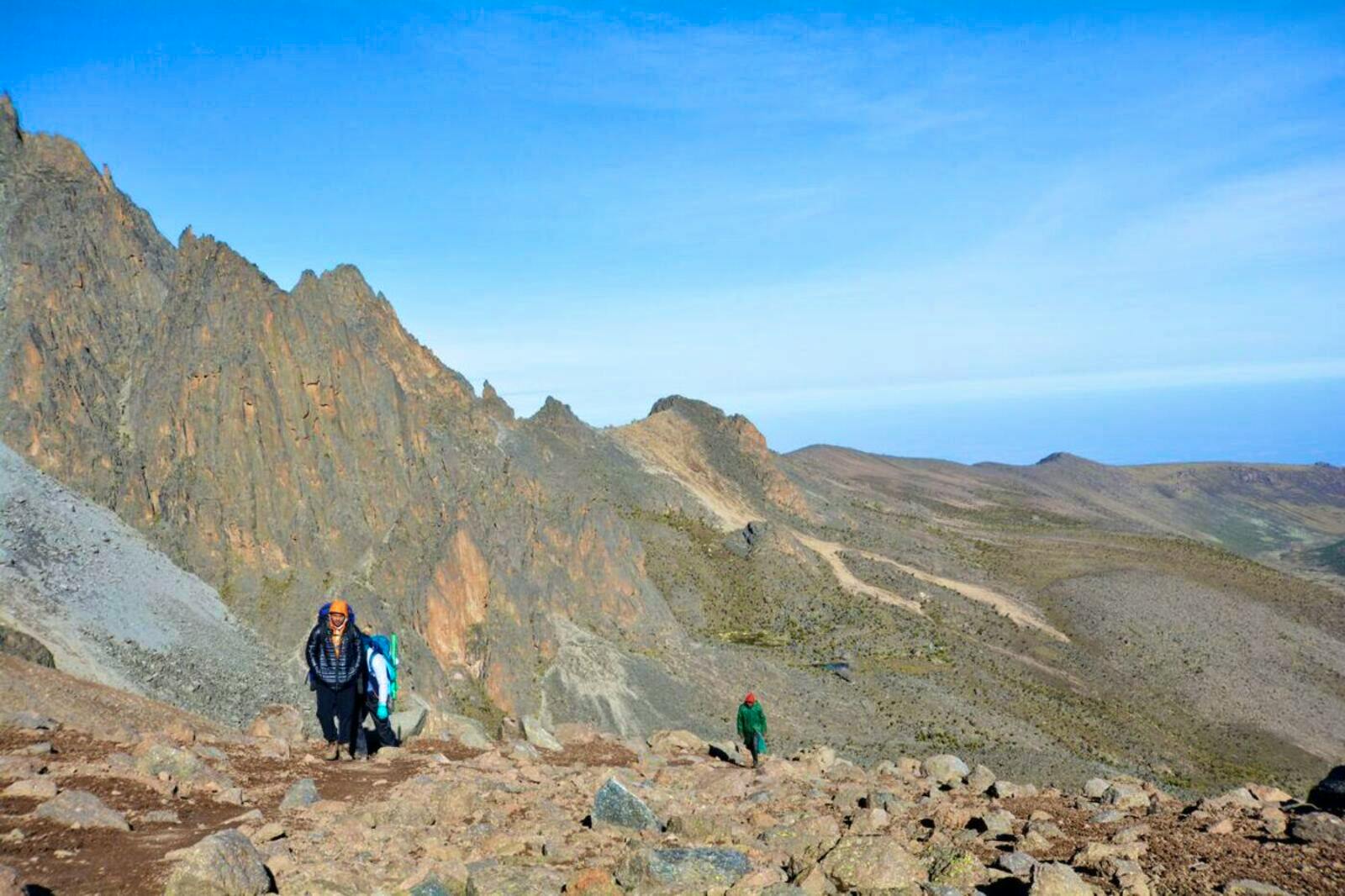
10. Mt Kenya is important for a number of reasons
I. Adventure and Recreation
Mount Kenya is a premier destination for hikers, climbers, and nature enthusiasts. Its challenging climbing routes, diverse landscapes, and panoramic views attract visitors seeking adventure and a connection with nature.
II. Economic Importance
The tourism industry around Mount Kenya contributes significantly to the local economy. It generates community income through guided treks, accommodation, and related services, supporting livelihoods and fostering economic development.
III. Scientific Exploration
Mount Kenya provides a natural laboratory for scientific research. Its geological features, ecological diversity, and climatic variations offer valuable insights for geology, biology, and climate science studies.
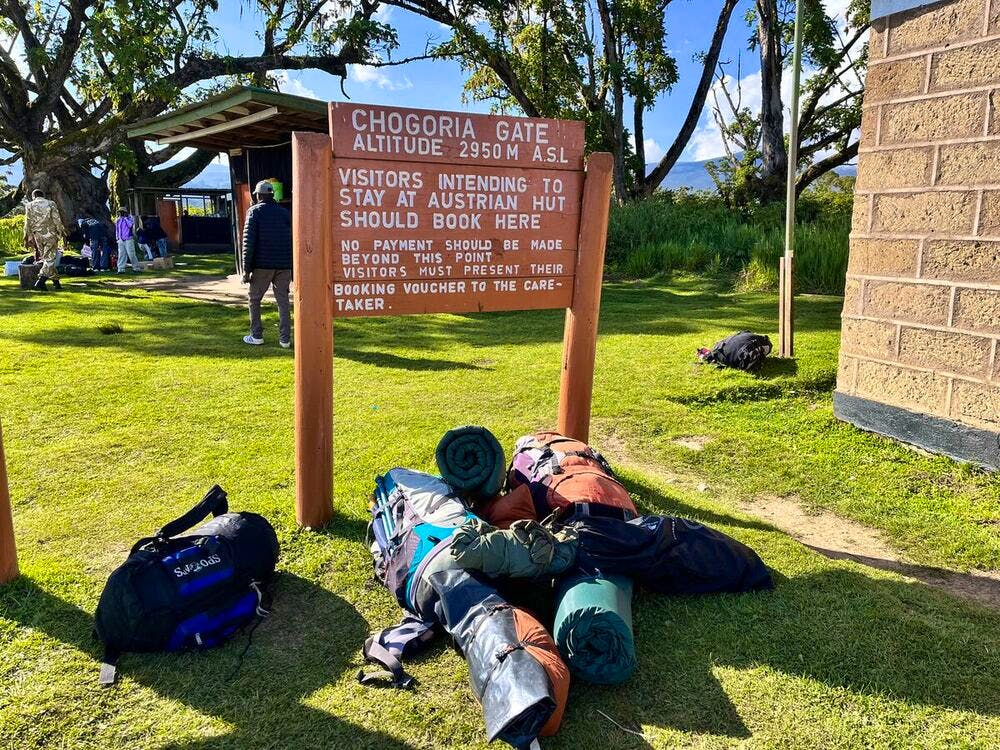
Conclusion
If these ten amazing Mount Kenya facts piqued your interest in the ancient allure and diverse landscapes of this iconic African peak, you can book your seat on one of our Mount Kenya trips.
With its UNESCO World Heritage status and significant ecological role, this high-altitude wonder beckons to travellers with an adventurer's spirit.
So, what are you waiting for? Aspiring climbers, nature enthusiasts, and cultural explorers, get ready to uncover the marvels of this historic mountain with us at Skyhook Adventure!


